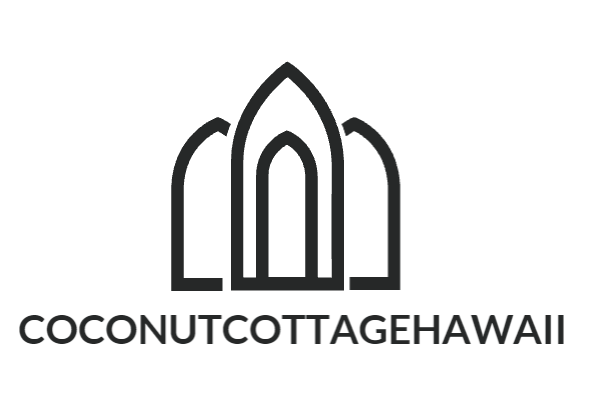Aluminum channels or tracks are used for constructing a wide range of structures including complex designs. It is used in commercial, residential, and industrial construction projects and helps cut costs in the form of unwanted maintenance and repair costs. Explore the different applications and uses of aluminum channels and the different options available.
What is an Aluminum Channel?
An aluminum channel is a structural aluminum profile made through the extrusion process. It is available in different forms, shapes, and designs meant for different types of applications. The primary benefit of using an aluminum track is its weight. It weighs a third of what steel weighs while still being highly reliable and durable.
Applications of Aluminum Channels
Aluminum channels find applications in the following scenarios:
Construction & Architecture
The application of aluminum channels in construction and architecture includes railings, building facades, balustrades, and such. These channels can be the perfect options for canopies where there is a need to handle loads while still being lightweight.
Transportation & Industrial Applications
Aluminum tracks are also used for equipment including:
- Inspection tables
- Workbenches
- Carts
The unique combination of durability and lightweight makes them the perfect choice for use in transportation and industrial settings.
Display Applications
Structural aluminum tracks also find wide-ranging applications for furniture and stands used in trade shows and exhibitions. The use of lightweight metal makes it easier and quicker to assemble and move structures.
Types of Aluminum Channels
There are different types of aluminum channels and they are designed for different applications. The more commonly used channel types include:
Aluminum C Channels
The Aluminum C channel is sometimes also known as the architectural angle or channel. It finds applications in different industries and is typically the perfect choice because of its non-corrosive benefits and excellent structural strength. It offers many advantages over materials such as wood.
Aluminum U & J Channels
Aluminum U and J channels usually get extra fabrications after the extrusion process. Some of the common inline fabrications include:
- Notches
- Holes
- Key slots
- Tabs
- Depressions
- Material insertion
- Embossing
Both these types of tracks are used in different types of applications and different industries.
F-Shape Aluminum Channels
As the name suggests, F-shaped aluminum tracks have an F-shaped profile. In certain cases, F channels can look similar to U channels, but with an extended web without a flange.
Aluminum Hat Channels
Aluminum hat channels get their name from their hat-like appearance. Some of the main features of these tracks are as follows:
- There are a couple of horizontal flanges that reach outward and a couple of vertical dimensions
- There is wide-ranging design flexibility in terms of thickness, weight, and height
The size of these channels varies based on the application.
Aluminum channels are further available in more designs and shapes. This includes H-shape, I-shape, T-slot, and Z-shape channels. Besides, it is also possible to find these channels in different finishes. The different techniques used for finishing these channels include abrasive blasting, polishing, grinding, and buffing.


